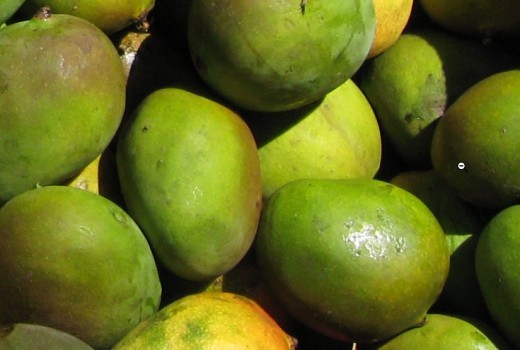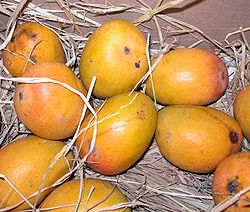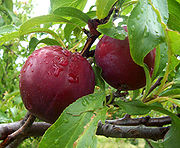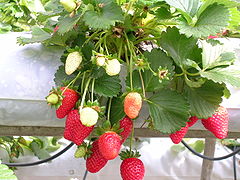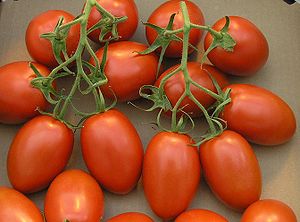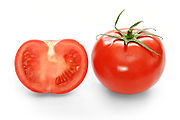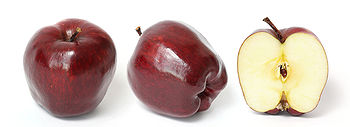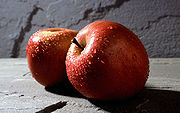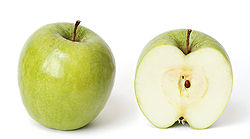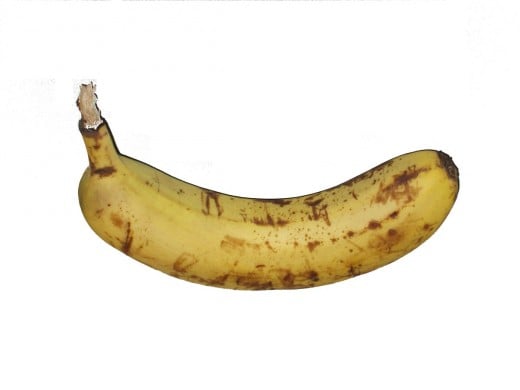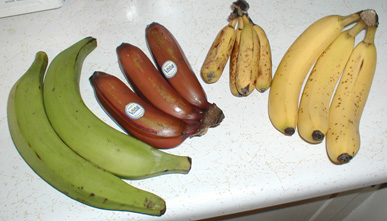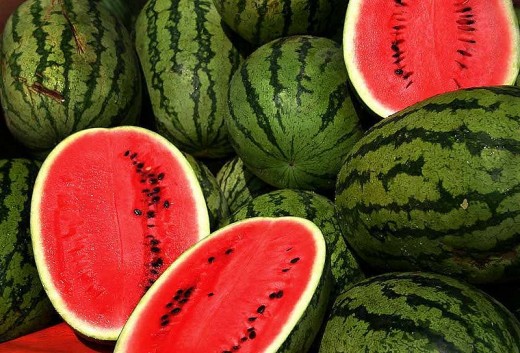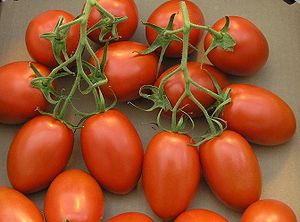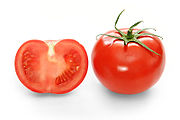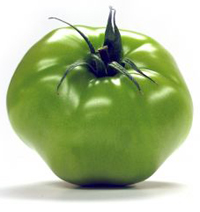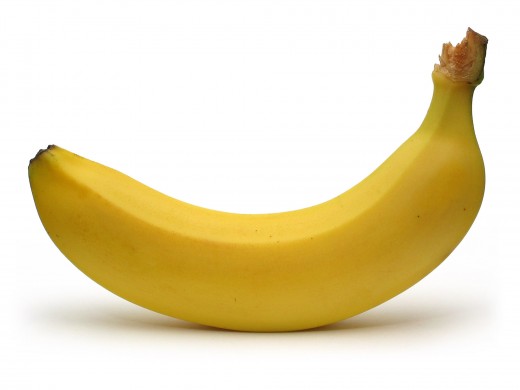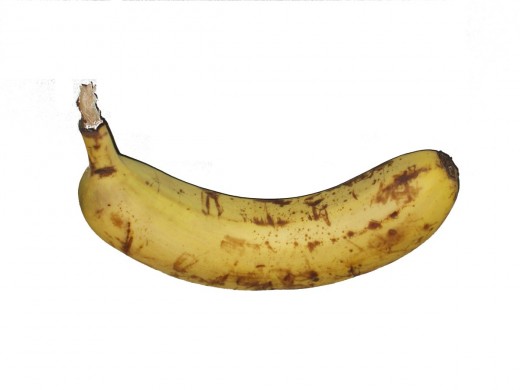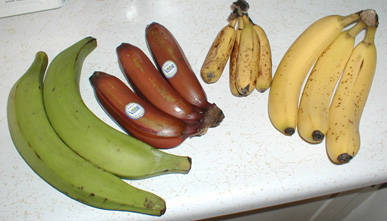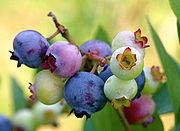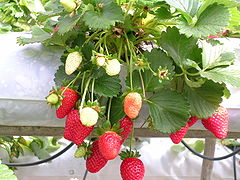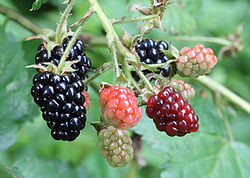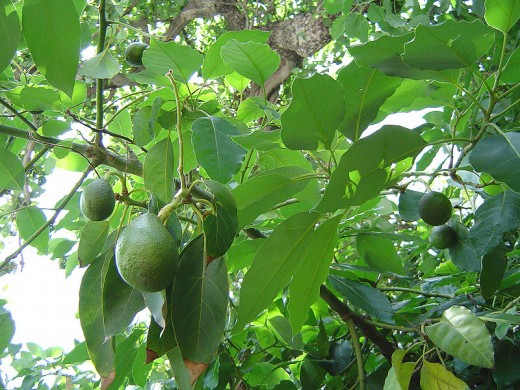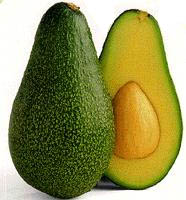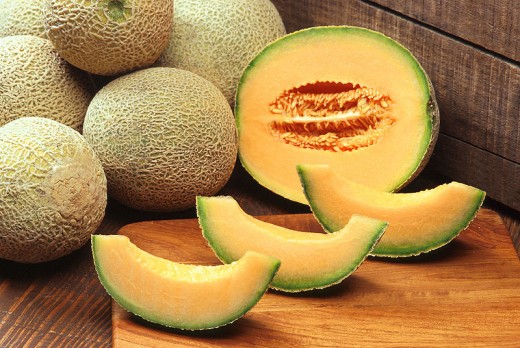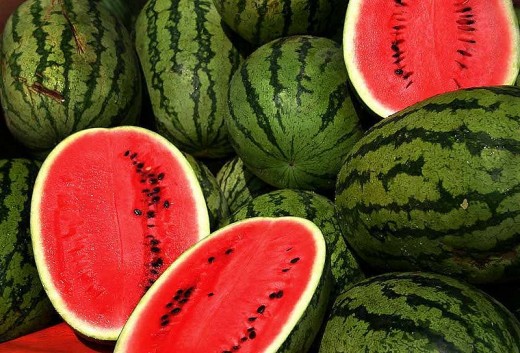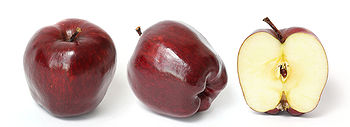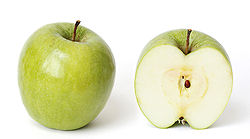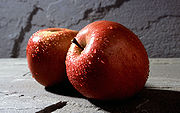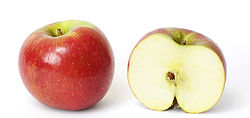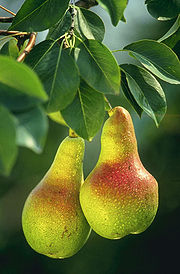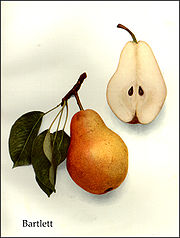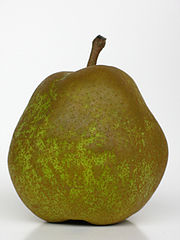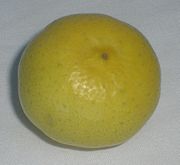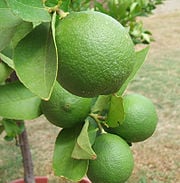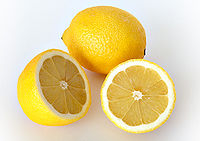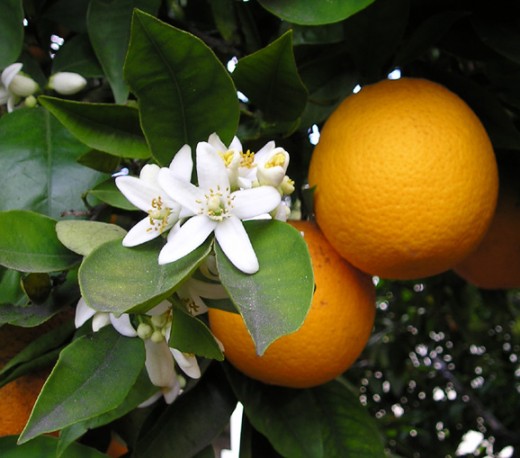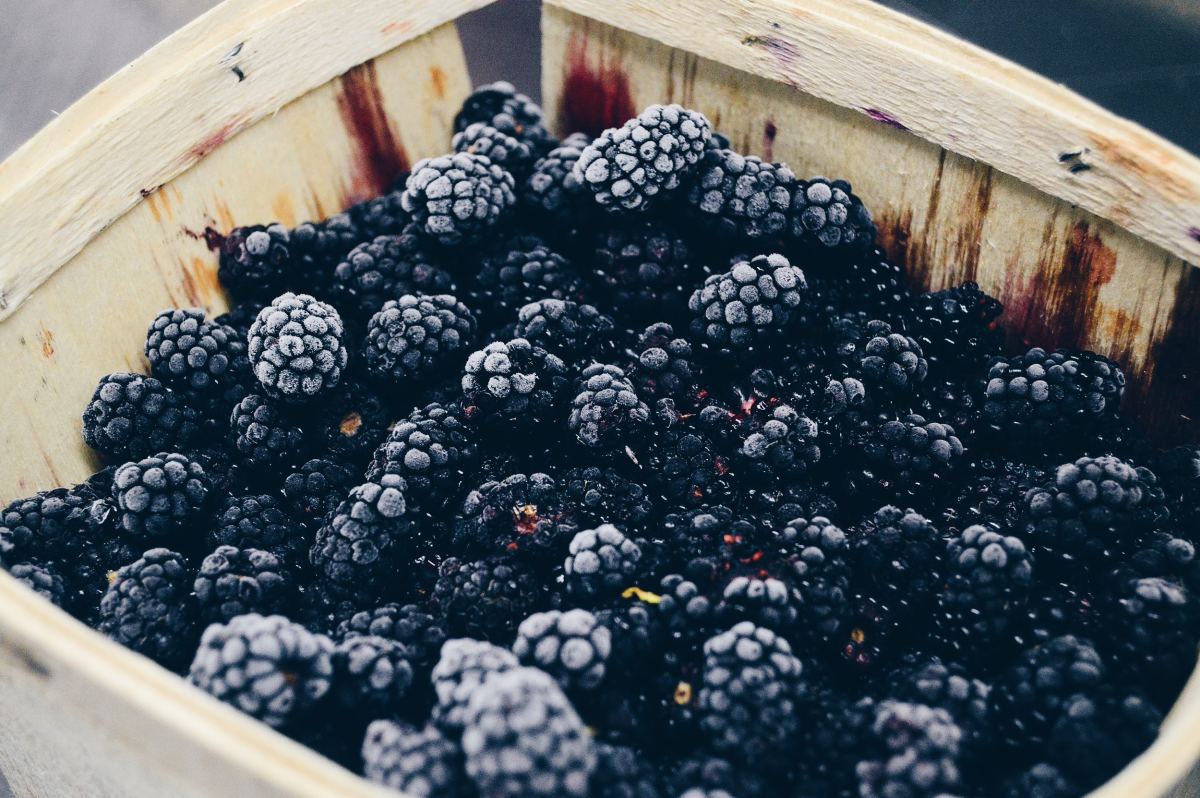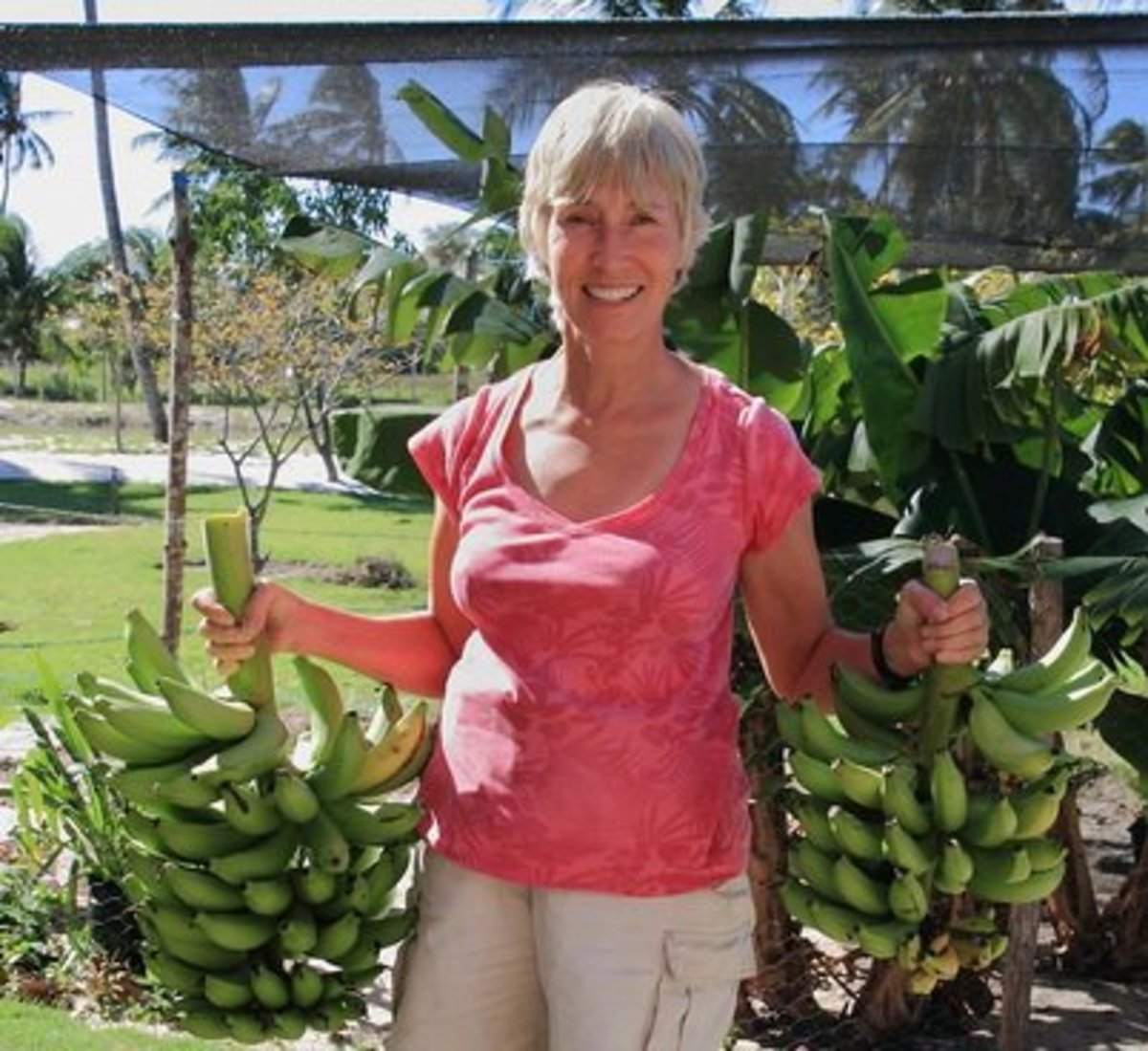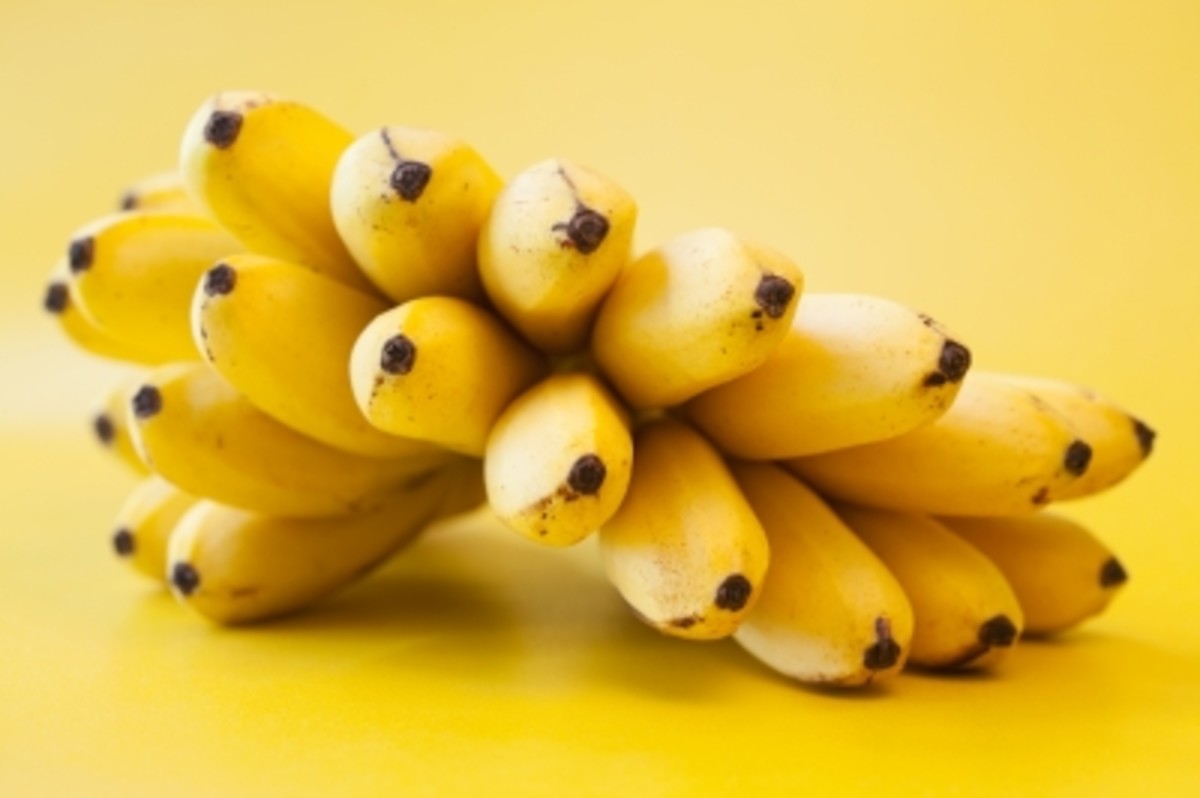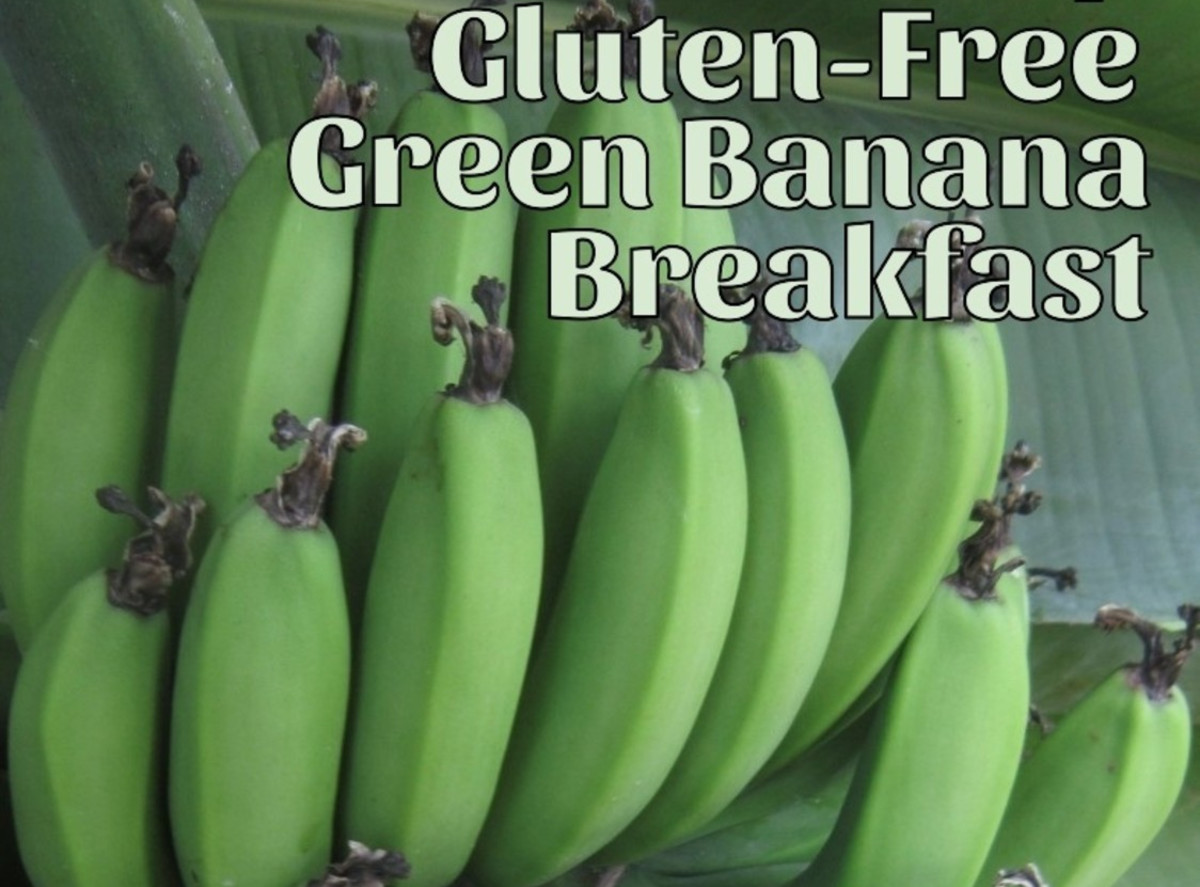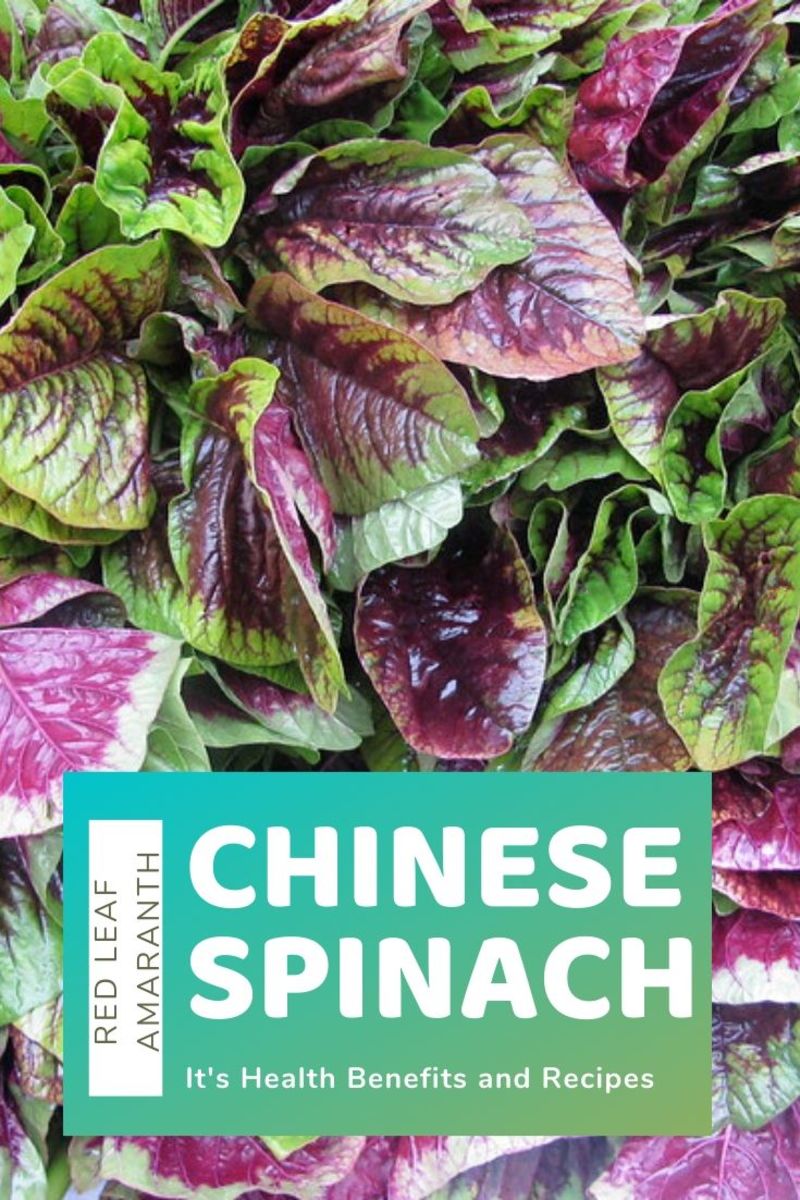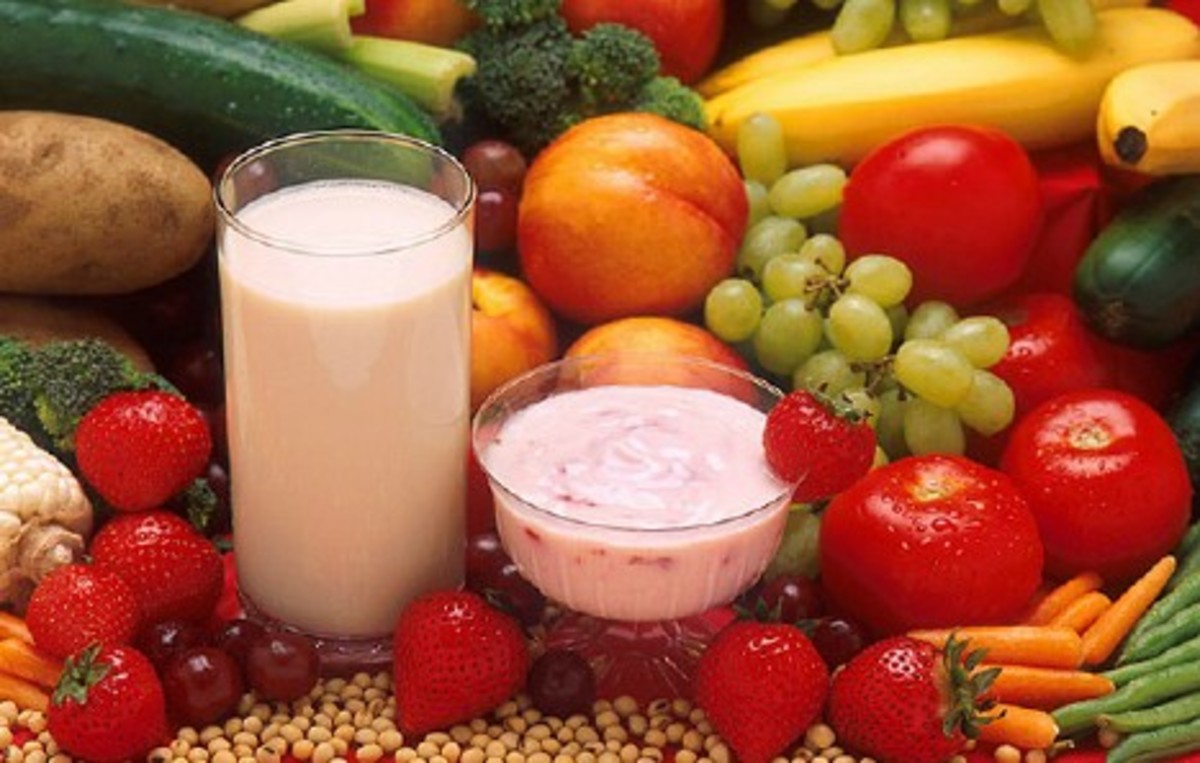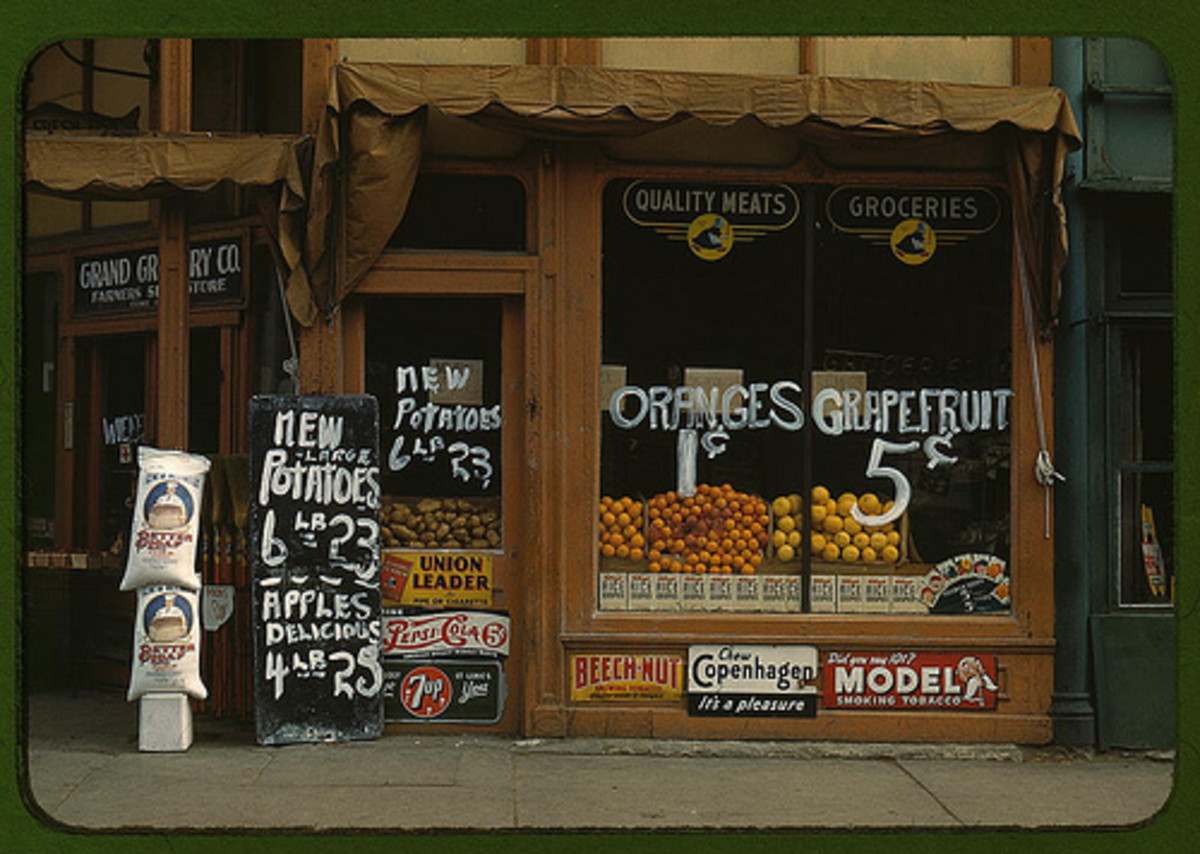Picking the "Best" Fruit












When is it ripe?
Many types of fruit take a bit of finesse in choosing. They may look fine or no different "green" than truly ripe. So visual inspection is not always the best indicator of ripeness. This is particularly true of avocados, mangoes, blueberries, tomatoes, watermelon, etc.
Some fruit is judged best visually such as apples*, pears, bananas, plantains, etc. But even then knowing more how to choose something by touch or sound can greatly benefit the shopper.
All images in this hub are representative of ripe fruit unless noted in the caption.
* Apples are a bit tricky. if it's green and a Granny Smith then it's likely ripe; if green and a red delicious, it's not ripe at all.
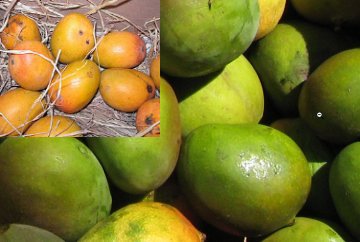
Mangos
The color of a mango is no indication of it's ripeness. Since mangoes can come in green, yellow, and colors in between the color the outer skin is not a good indication of it's ripeness.
Rather the tenderness of the meat beneath the skin is a far better indicator of ripeness. To determine if a mango is ripe squeeze it somewhere near the widest part of the fruit. If it doesn't give at all it's still green. An unripe mango's flesh will have the right color, but will be quite hard, tough to cut, and taste like pine-needles.
A ripe mango will be soft, easy to dent with thumb and forefinger, and the flesh will be soft, juicy and sweet and tangy.
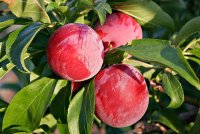
Plums
This is another fruit that can be deceptive as to skin color and ripeness. A green plum will be quite hard, somewhat like a hard rubber ball, where a ripe plum will be somewhat soft. Unlike the mango a plum's flesh will rebound from being squeezed to test for ripeness.
Also, check the fruit stem. If the stem is dark brown, limp, or dried out your plum is likely not of the best quality. You should also avoid plums with loose or wrinkled skin*.
* If a plum's skin has fine wrinkles in it it's quite old and dehydrated. Something to avoid.



Tomatoes
Yes, tomato is a fruit, but in 1893, the U.S. Supreme Court officially declared that a tomato is a vegetable. This does make sense because it's not sweet and is most often used as a vegetable in cooking. But in truth it's a fruit and more specifically it's a berry. So, for that matter, are bananas, avocados, and peppers.
Tomato aren't quite as critical for ripeness as other vegetables. After all, simply waiting for a few days is typically all it takes to go from "green" to ripe. This is a vegetable that will ripen with time. If you want to speed up the process keep your "green" tomatoes at room temperature in a brown paper bag for a few days. Check on them from time to time to see if they are ripe. You can speed the process even more by putting a ripening banana in the bag along with the tomatoes. Be sure the bag is out of direct sunlight.
A ripe tomato will be only slightly softer than a "green" tomato.
You can also eat a green tomato by cooking it first.
Pan Fried Green Tomatoes
Cut however many tomatoes you want to cook into slices about 1/4 inch thick. Dredge them in a mixture of flower and cornmeal. About 1/4 Cup cornmeal and 3/4 Cup flour for five to seven tomatoes. Pan fry the tomatoes in a 1/4" of oil for about a minute a side. Remove to a paper-towel lined plate. Salt and pepper to enjoy.



Banana
As stated above a banana is really a type of berry.
Many people avoid the green ones and only choose the yellow banana at the farmer's market or grocery store. Just a few days later the haul is all speckled with brown spots and they either get thrown out (or if the purchaser is savvy) eaten/frozen (for banana bread). A barely ripe banana has no green left anywhere on it and a fully ripe banana has small brown spots on the peel. A brown spot is an indication of ripeness not rot.
A green banana will ripen. It's just a matter of time. As with tomatoes you can speed up the process by placing the green bananas in a brown paper bag out of sunlight and let time and nature do the job.
You can retard or slow the ripening of a banana by putting in the refrigerator. You can also freeze bananas for preparation as an ingredient in banana bread. In fact a frozen banana is a far better banana bread ingredient than a ripe or over-ripe banana. Why? The freezing further breaks down the cell walls in the banana and releases more of that wonderful flavor.
Oh, and finally, don't peel a banana from the stem side; peel it from the flower side. It's much easier and you are much less likely to destroy the banana trying to peel it from the 'wrong' side.
Plantains are another type of banana and are treated more
like a starchy potato-type food than the more common (in the west)
desert (Cavendish) banana. Plantains are often sliced then fried. As such they have
very little flavor and are considered neutral not sweet.



Berries
Berries include blueberry, strawberry, and blackberry. All of these fruits are susceptible to fungal rot or mold. This is very easy to spot as the green mold contrasts brightly with the red (or blue) fruit.
Berries (these are really false berries) are almost always chosen by color. So knowing the color of the ripe fruit is important. The picture gallery at right will be helpful in choosing them; so will your green grocer if you trust them.
All the berries listed here are high in anti-oxidants (in the skin) and are good for you. These berries have a growing season through late spring to late summer.
Blueberry and blackberry are typically sold in sealed plastic containers so it's very important to look at the fruit from as many angles as possible. Since it's not cost effective to "bury" unripe fruit within a mass of ripe fruit visual inspection is very effective. Fortunately strawberries are typically sold in an open container where it is much easier to go through the container looking for unripe fruit. It is acceptable to select strawberries that are "green" around the stem where the rest of the berry is bright red.


Avacado
The name "avocado" also refers to the fruit and tree. The avacodo fruit is a true berry. The berry contains a pit which may be egg-shaped or spherical. The fruit itself is often pear-shaped.
Avocado berries do not start to ripen until picked. This makes them an excellent "cash" crop as growers can leave the fruit on the tree and perform "selective harvesting" only picking the fruit when market conditions are favorable.
The avocodo fruit looks the same ripe or "green" so the best way to determine if it is ready to eat is by feel. Simply press on the fruit with your thumb near the stem end. If it gives it is ripe (or close to ripe). If the furit is quite hard regardless of where squeezed it's not yet ripe.
The good news here is that unripe fruit will ripen within a matter of days. Simply place it in a dark corner of your counter-top and check it daily. Once ripe the fruit can be refrigerated for up to a week.
Avocado is loaded with potassium and "B" vitamins and though it contains fats they are mostly of the unsaturated variety.
The best way to cut an avocado is as follows.
- Remove the last bit of stem from the stem end.
- Starting at the stem end with a knife, cut the fruit lengthwise all the way around.
- Twist the two halves to separate them. One half will have the seed in it.
- Carefully "pop" the knife into the seed. Twist clockwise or counterclockwise and the seed should loosen. It may be stuck to your knife, but you can remove it fairly easily.
- You can now peel the avocado. The most flavorful part of the meat is that closest to the skin, so try to retain as much of that as possible.
- Be careful preparing the peeled and seeded avocado. It's very slippery.



Melons
Watermelon, honeydew melon, and cantaloupe are all readily available melons in North America. Between these there is a high degree of difference in outer appearance. Watermelon should be smooth skinned with lighter color stripes (depending on the cultivar), honeydew should be smooth skinned with a pale yellow green skin, and cantaloupe should have a darkish yellow skin with lighter colored "webbing."
Beside the size of the melon, outer appearance is not a good indication of ripeness.
The best way to determine if a melon is ripe is by thumping it with your finger. If the melon "thuds" when thumped it is either over-ripe or not yet ripe. If the melon "rings" when thumped it is ripe.
The pictures at right show ripe fruit and exposed meat.




Apples
Because apples come in such a wide variety with widely diverse skin color the most important thing to remember about them is their firmness. A good apple will have no soft spots on it. Thisis a clear indication of bruising or rot.
Because a ripe apple can be red, amber, golden, or even green, knowing what color a particular variety should be is also important. For example a red delicious apple should not be green. But a granny smith apple should most certainly green.
Red delicious, fuji, and golden delicious are best raw. Unless you like extremely tart apples granny smith are best cooked (a main ingredient in most apple pies).
If any apple has loose skin it is way past it's prime. Looseness of skin can be hard to detect because it doesn't have to be very loose or even loose all over. Still if you can "slide" the skin of an apple with slight pressure it's probably best to toss it.



Pears
Pears, like apples, vary so much by color that the hues alone are not a good indication of ripeness. In fact, a good pear should give slighly when pressed, unlike the apple. A rock hard pear will be hard to eat, hard to cut, and have almost no sweetness to it.
A ripe pear will be slightly soft. This is a good indication of sweetness.
Bartlett pears in particular are very deceptive by color. At the peak of ripeness the skins look battered bruised and dirty. But the flavor of the meat is perhaps the sweetest of all pears.
There is even a pear (the Vicar) which when at the peak of ripeness has a wrinkled skin.
So the best way to determine if a pear is ready to eat is to know what it should look like for it's cultivar and test for slight softness under the skin.




Citrus
This group includes lemons, limes, and oranges. Again these fruits come in a wide variety of color and size. For example a lemon can be anywhere from egg sized to three times that size. A lime can be slightly smaller than that, or if a key lime, about the size of a robbin's egg.
Oranges can also vary widely in size.
So once again knowing the proper color for the particular cultivar* is important. Any of these fruits should not be too soft when squeezed. Also navel oranges, because they such thick rinds, can be harder to pick simply by squeezing them.
If the fruit is too soft toss it immediately. It's only a matter of a day or two before it becomes moldy and the mold will "jump" to all the other unaffected fruit.
Fruit Disinfectant
I use this method with almost every item of fruit I buy. This does not include bananas since the skin provides ample protection from the outside world. The rule of thumb is that if you eat the skin (or have to cut through it [think oranges, limes, and lemons]) then disinfect the fruit with this method.
I fill the sink with cold water. This is about eight (8) gallons of water. I add two (2) Tablespoons of liquid bleach. I allow the fruit to soak in this bath for no more than ten minutes. Much less with tomatoes (see note).
I then drain the sink and rinse the fruit at least two more times. They keep for considerably longer than without this treatment; no mold problems. Be sure the fruit is dry before refrigeration after this "treatment."
Neither I, my wife, nor any of our guests have suffered a "bleach" poisoning with this method; the rinsing removes any trace of the, very diluted, bleach and the bleach kills any bacteria on the surface.
* Tomatoes absorb water through the stem end. Especially if that stem has been removed from the tomato. For this reason I disinfect the tomatoes in the the bleach bath for no more than two (2) minutes.
Notes
- Any fruit whose skin slides past the meat (and wrinkles) is past it's prime with the possible exception of Vicar Pears.
- If your fruit is not yet ripe place it in a paper bag out of the sun. Fold the top of the bag down to seal in the gases given off by the fruit to help ripen it.
- All fruit can be refrigerated after ripeness is reached to increase it's useful life. This includes avocados and bananas.
- Tomatoes should not ripen in the dark. This is the one exception to ripening fruit.
- Any fruit that begins to mold should be thrown out before it "infects" adjacent fruit.
- The only true berries in this entire article are tomatoes and watermelon.

